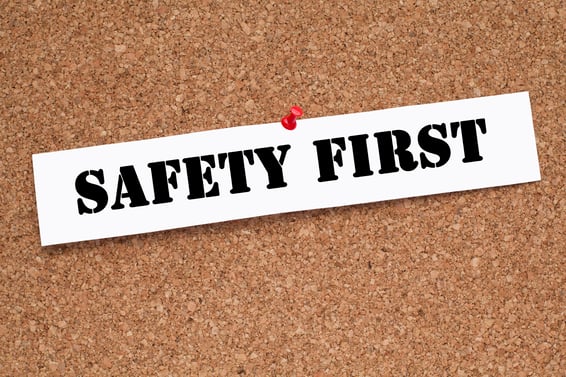How do you console a graduating senior who will likely have to postpone commencement? How do you temper the anxiety of a teacher who has to shift all lesson plans online? These are probably some of the most difficult messages for institutions to draft and communicate, but perhaps the most valuable of them all is what you say to keep your campus community safe.
Colleges and universities play a key role in protecting the safety and security of students, faculty, staff, and their families during critical events, such as the COVID-19 pandemic. Conveying the right information at the right time can expedite response efforts and provide clarity to all of the various stakeholders. With stakes so high, you can’t afford for your messages to miss the mark.
The uncertainty of when the pandemic will end and the unknown extent of its long-term impact has made communication that much more challenging. At this point, the vast majority of higher education institutions have developed some sort of pandemic communications plan, but the coronavirus pandemic is not over and improvements can also be made in preparation for future emergency situations.
Pandemic Communications Considerations
Well planned and executed pandemic communications can help unify your campus community during this difficult time and promote campus safety. Without proper preparation, it is easy to rush to get a message out and end up falling short. Spend the time to think about what needs to be communicated and the best approach. With that said, do not wait for questions to start pouring in before you start drafting your emergency notifications.
In the checklist below, we mention the various channels for disseminating emergency notifications, such as text messaging, mobile device apps, email, voice calls, social media, etc. When drafting your message, it is important to keep in mind the mode of communication and the way in which it will be received. For instance, text messages and voice calls should be kept fairly short. More extensive messaging can be sent via email or social media.
Also outlined below is the importance of educating students, staff, and faculty on your pandemic preparedness, response plan, and emergency management. Transparency can be comforting, especially when they hear about all of the various resources you are mobilizing and the infrastructure you are building. Provide them with the specific actions that are being taken to ensure campus safety and security. It will ensure them that they are not alone.
In longer-form messages, you have the space to make it clear that your number one priority is the safety and security of your campus community. Keep in mind there is a fine balance in providing the right amount of information across the right number of platforms. Information overload may cause your constituents to tune the messages out.

Pandemic Communications Planning Checklist
- - Designate a lead spokesperson, likely a school administrator
- - Identify credible information resources
- - Develop a dissemination plan for mass communication to students, staff, and faculty (you may want to consider implementing a campus emergency alert system)
- - Identify the endpoints (ex. text messaging, mobile device apps, email, voice calls, social media, etc.) that will be most effective in communicating your emergency response and actions to students, staff, and faculty -- Best practice is to utilize multiple communication channels for expedited transmission and ensured receipt of information
- - Consider providing communications in multiple languages depending on the makeup of your student body and campus community, especially if you have overseas satellite college campuses
- - Once your campus mass notification system is in place, it is imperative to perform testing and drills
- - Inform students, staff, and faculty of where and how to access the school’s emergency notifications, as well as credible pandemic updates from local, state, and federal resources
- - Educate your campus community on your pandemic preparedness, response plan, and emergency management, including campus closures, contingency plans, and the importance of campus safety
- - Provide students, staff, and faculty with information from public health resources on personal and family protection, pandemic response strategies, and at-home care
- - Plan for the potential of fear and anxiety caused by external misinformation
Click here to read the Definitive Guide to Pandemic Communications

